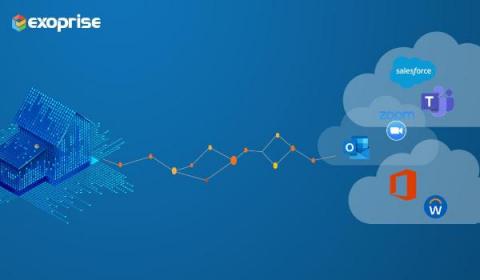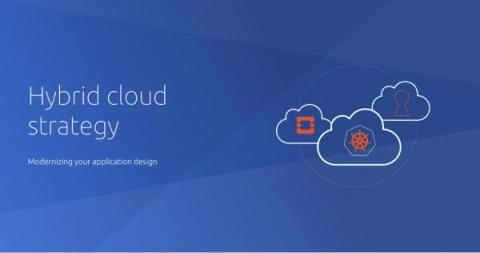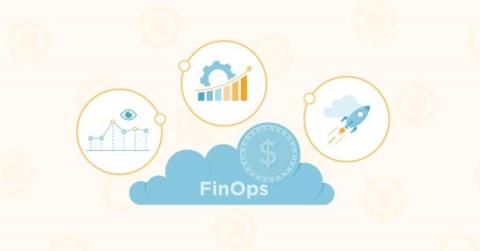Operations | Monitoring | ITSM | DevOps | Cloud
Latest News
Realtime performance alerts for cloud desktops
Amazon Sagemaker Pricing Explained: A Guide For 2023
Cloud security: How remote work created a new problem
What's Using Your Bandwidth? Here's a Monitoring Tool
Bandwidth monitoring provides IT administrators with the assurance that the network has sufficient capacity to run business-critical applications. In addition, network ops team have end-to-end visibility to identify network hogs that cause the congestion. Typically, when a single component overloads in any network, it can bring the entire operation to its knees and impact the employee digital experience. For example, even if you may have a dedicated service plan from your ISP, employees will end up complaining about issues like large file transfer time and slower applications.
How Cloud Asset Management Provides Fuller Inventory Visibility
Hybrid cloud infrastructure modernisation
Public clouds enabled digital transformation at unprecedented speed. But their operational costs over time can be exacting as compute needs increase. Hybrid clouds emerged as an alternative to gain the benefits of both worlds: private infrastructure that allows for lower operational expenditures and tighter control, and public clouds that can scale with ease.











